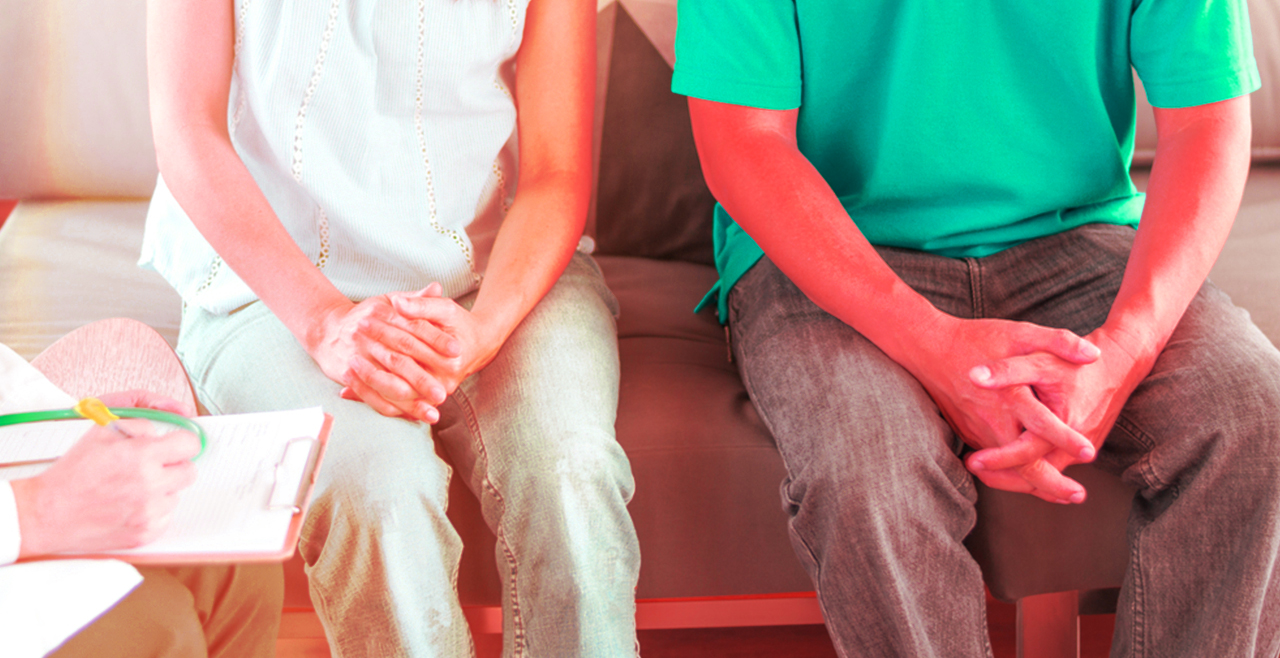
Symptoms of chancroid
Symptoms of chancroid
Doctor Ramanjeet Sir conducts himself in a very kind and straightforward manner. He allots enough time for each patient. He carefully examines the patient's condition. The best Doctor for skin and hair problems.
Rachit Yadav
I am taking lazer hair reduction from here and the results are superb. My procedures are done by sonali and she is extremely knowledgeable and sweet. Thank you.
Muskan Bhardwaj
Dr.ramanjeet sir is such a nice doctor very calm and explain the situation very well and treatment shows very quick results. 💯👍 must visit if any hair or skin problem
Harshita Yadav